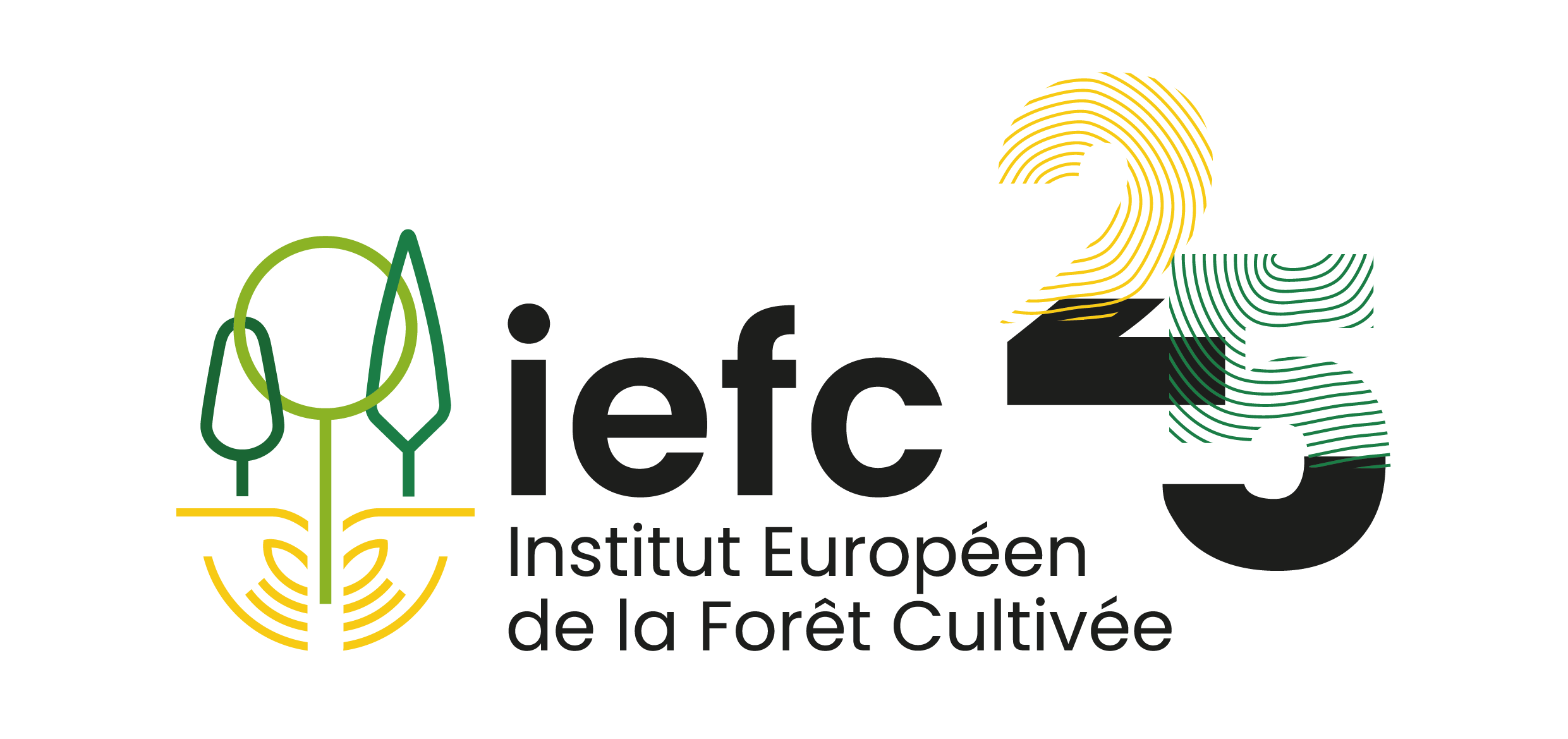Prescribed burning can be used to prevent forest fires but it also has potential to reduce CO2 emissions from these fires. It can therefore be a “mitigation technique” within the framework of the Kyoto Protocol but will only make a significant contribution in those countries where forest fires are common.
The European Forest Institute recently made a study on the use of prescribed burning in Europe and found that it can make an important contribution to reducing CO2 emissions in Southern Europe where forest fire occurrences are high. The analyses showed that in only one out of the 33 countries investigated, the Kyoto requirements could potentially be achieved with widespread application of fire prevention techniques.
Three countries showed a potential reduction of 4-8% and the majority less than 2%. Over all of Europe, the annual emissions estimated from wildland fires were 11 million tonnes of CO2, compared with about six million tonnes if prescribed burning were applied widely.
The study showed that while good support systems for prescribed burning have emerged, its full realisation has yet to come. The development of a good framework of prescribed fire, based on active involvement of various stakeholders, will support both a more targeted use of fire in land management and its contribution to CO2 emissions mitigation. This would help inform policy makers about the factors influencing fire behaviour and consequent effects of fire, leading to the creation of a more sustainable policy framework for prescribed fires in high fire-risk regions of Europe.
Further information Dr. Caroline Narayan, European Forest Institute, firstname.lastname(at)efi.int
